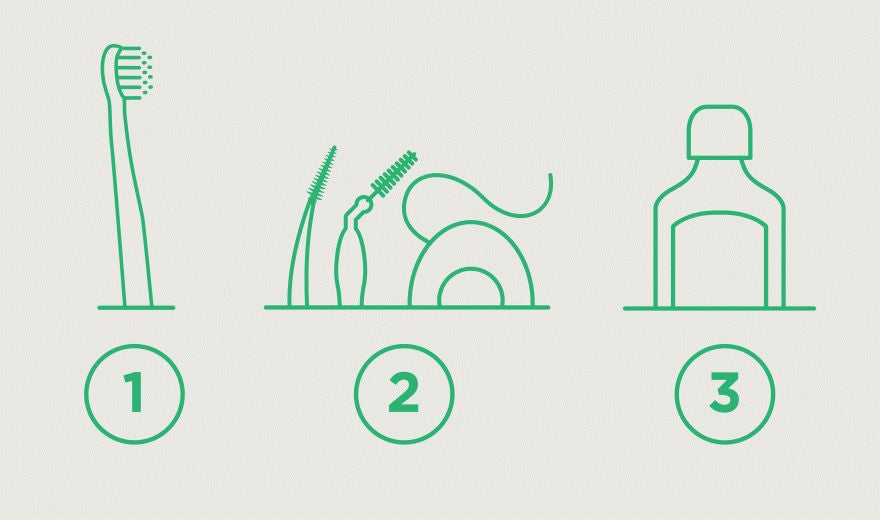
How Does Plaque Form and Why Should I Care About It?
Find out how easily plaque forms and why it’s bad for you.
You’ve no doubt heard about plaque before. But did you know it’s a key player in your oral health [1]? Keep on reading to find out why.

What is plaque and how does it form?
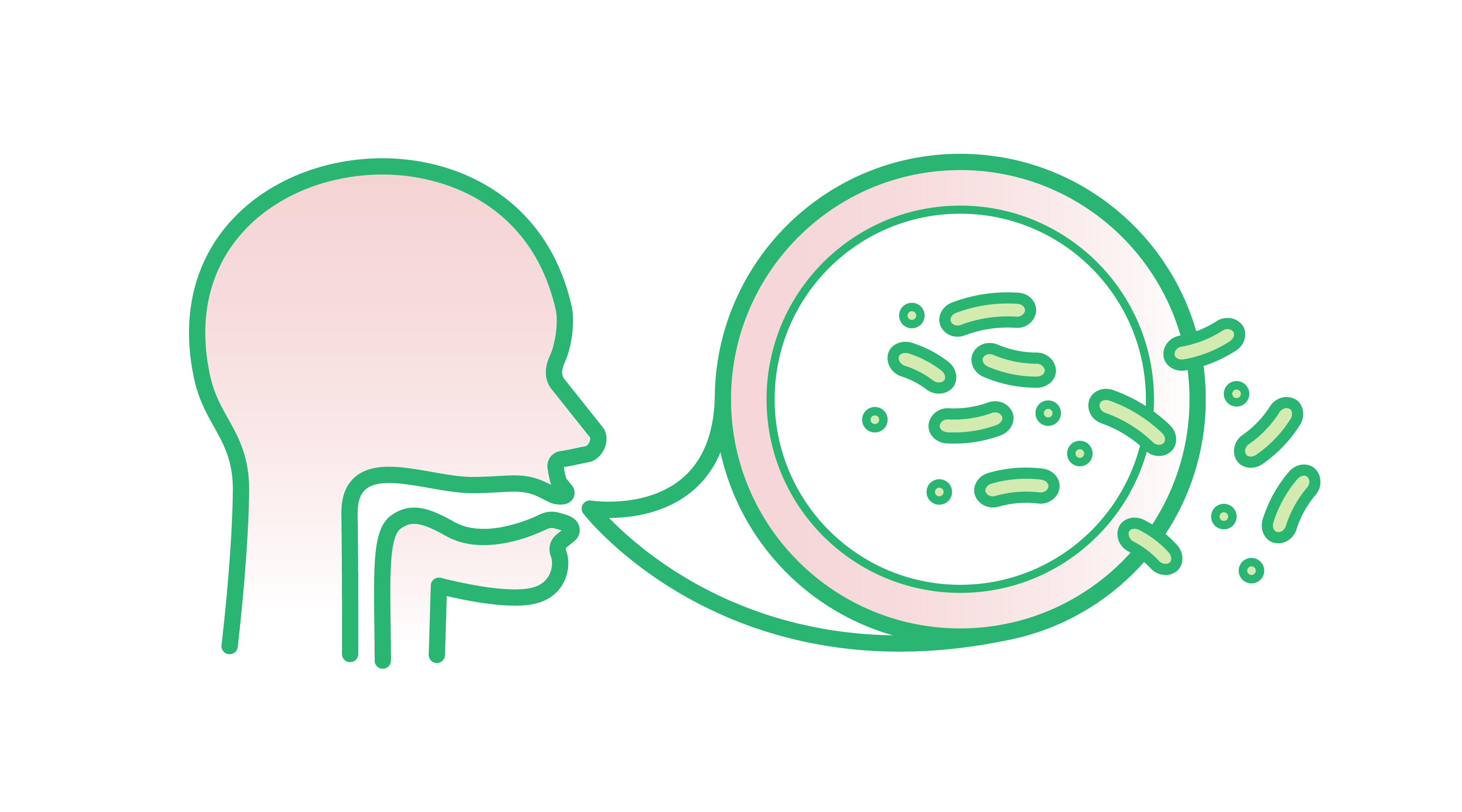
It all starts with bacteria and how they thrive in your mouth
Plaque is a pale yellow sticky biofilm made mainly by bacteria and food debris.
The presence of bacteria is how it all begins. Just like the rest of the body, the mouth is home to lots of bacteria which form the oral microbiota [2]. We’re talking several hundreds to several thousands of species [3] and a total of 1 billion or more bacteria [4]. This might sound scary but a majority of the bacteria in your mouth are harmless and even beneficial, helping to maintain a balanced flora and fighting germs which could affect your oral and systemic health [6].
Competing for food and space, bacteria in the mouth settle on enamel where the natural salivary biofilm constitutes an ideal breeding ground [7]. Here, they feed on fermentable sugars in leftover food, multiply and produce waste [8]. These colonizing bacteria and their waste, food debris and saliva combine to form what is commonly known as plaque – a pale yellow, soft and sticky biofilm on the tooth surface. The process is ongoing, with plaque forming especially around the gum line and between the teeth [9].
If plaque isn’t removed from the tooth surface, it calcifies and turns into tartar – a darker and much harder deposit – which can only be removed by an oral health professional [10]. As an external deposit, tartar makes it easier for new bacteria and food to attach to the tooth surface, helping to perpetuate the plaque formation cycle and plaque accumulation, thus increasing the risk of related health challenges [11].
How can plaque affect my oral health?
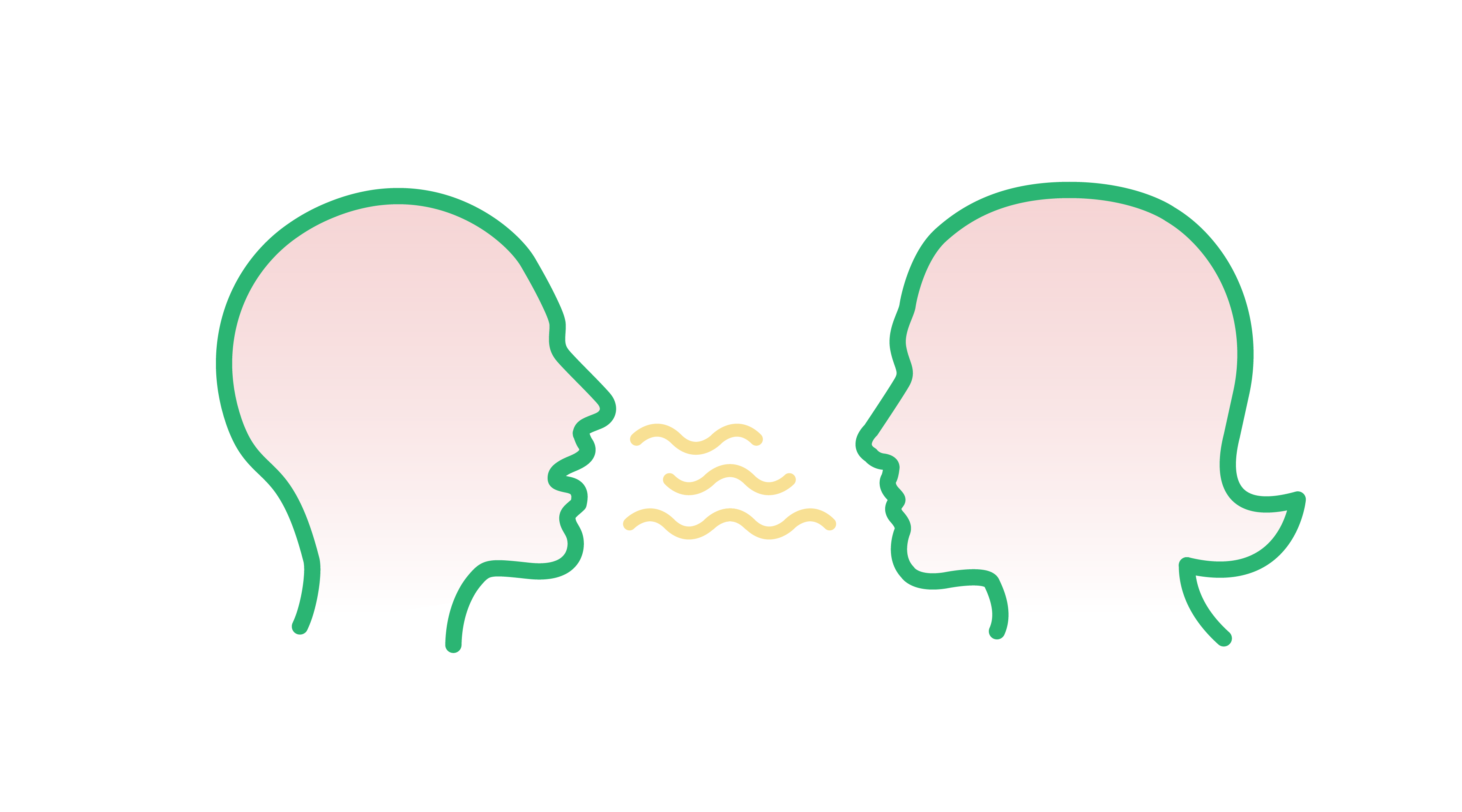
Plaque isn't good if you're trying to impress your partner – it can affect your appearance & confidence
Due to its bacterial composition, dental plaque can adversely affect your oral health in different ways, some more serious than others. With plaque build-up, it isn’t uncommon to develop bad breath due to the accumulation of food debris and bacteria [12], particularly between the teeth. Built-up plaque can also make teeth look yellow, while the acids in plaque can erode enamel and contribute to the appearance of stains before leading to decay.
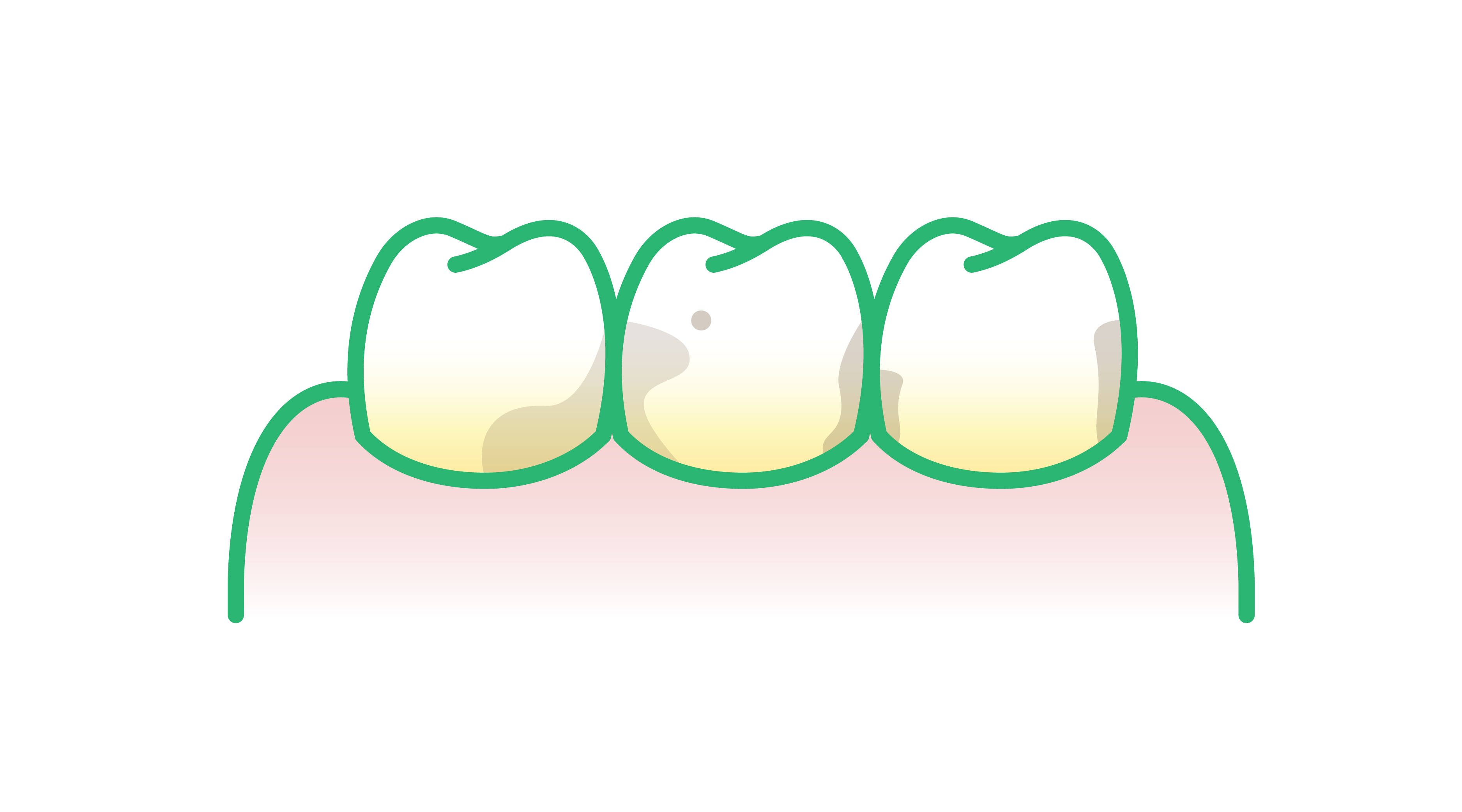
Plaque can leave a long-lasting mark on the health of your teeth – in severe cases, even causing them to fall out
Let’s look at the more serious oral health challenges posed by plaque, starting with demineralization and tooth decay. Some of the bacteria in plaque, such as Streptococcus mutans, use the sugars in food you eat to produce acids [13]. Unsurprisingly, these acids can attack your enamel in a process known as demineralization, the first phase of decay, whereby your tooth suffers a loss of calcium and phosphate just below the surface [14]. White spots can appear under the tooth surface and enamel is weakened as a result.
If decay progresses to the softer and more sensitive layers of the tooth, the dentin, your enamel may collapse, leading to the formation of cavities [16]. In addition, the exposure of sensitive dentin may cause tooth sensitivity [17] and toothache. While demineralization is reversible, cavities are not and require the intervention of your dentist. In some cases, decay can damage even the root and pulp of the tooth, also necessitating professional care [18]. If left untreated, decay will progress, eventually requiring tooth extraction [19].
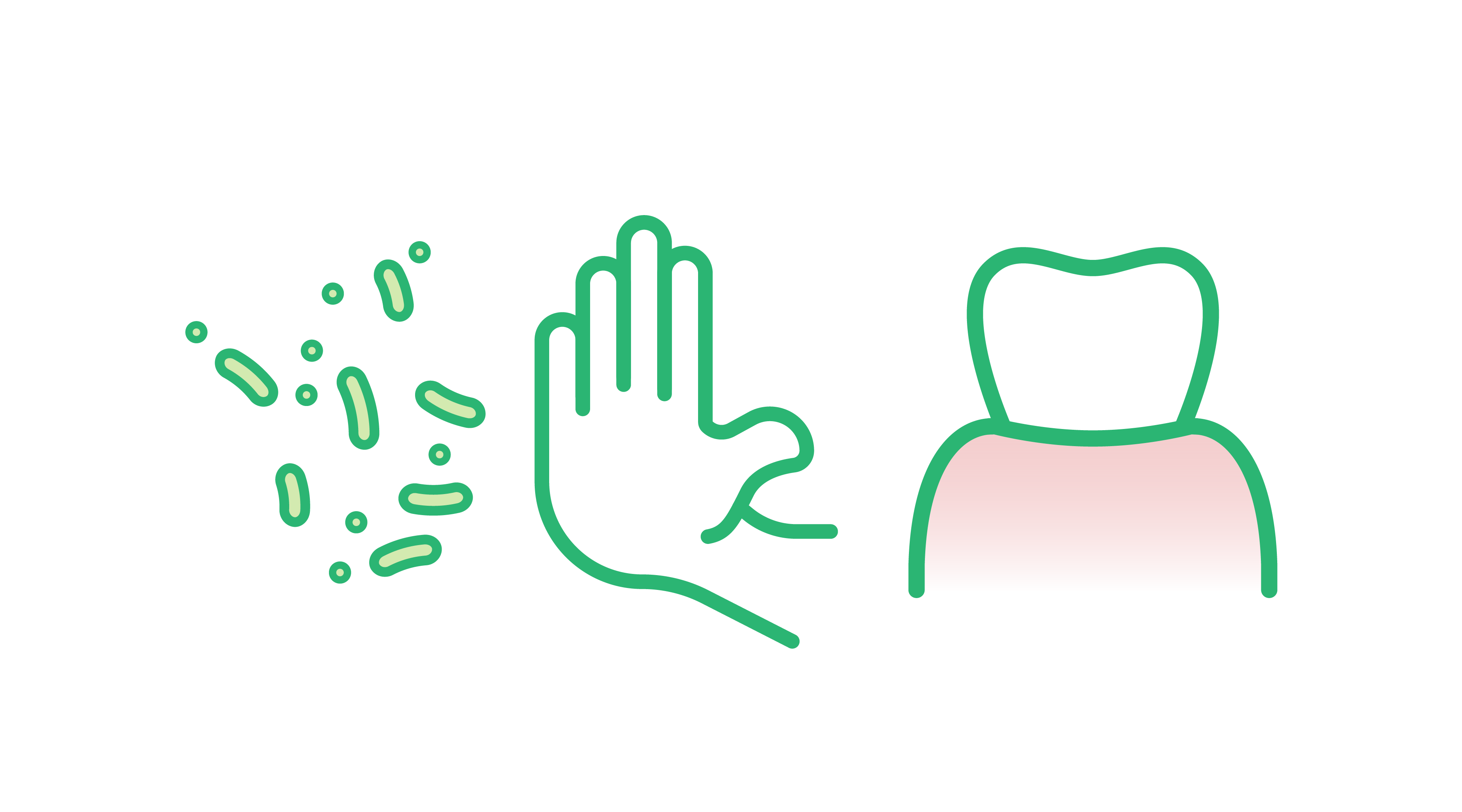
Plaque and gums just don't get along – contact between the two can lead to gum disease quicker than you think
Bacteria release acids, but did you know they also produce toxins [20]? As the name suggests, these are toxic substances which have the potential to cause gum disease. Let us explain. Dental plaque tends to accumulate near the gum line making it easy for the toxins to enter the gum tissue. Contact with these substances can irritate the gums and cause inflammation [21] – this is known as gingivitis, early-stage gum disease [22]. Inflamed gums are usually tender and swollen, as well as more susceptible to bleeding when you brush, floss or clean between your teeth [23].
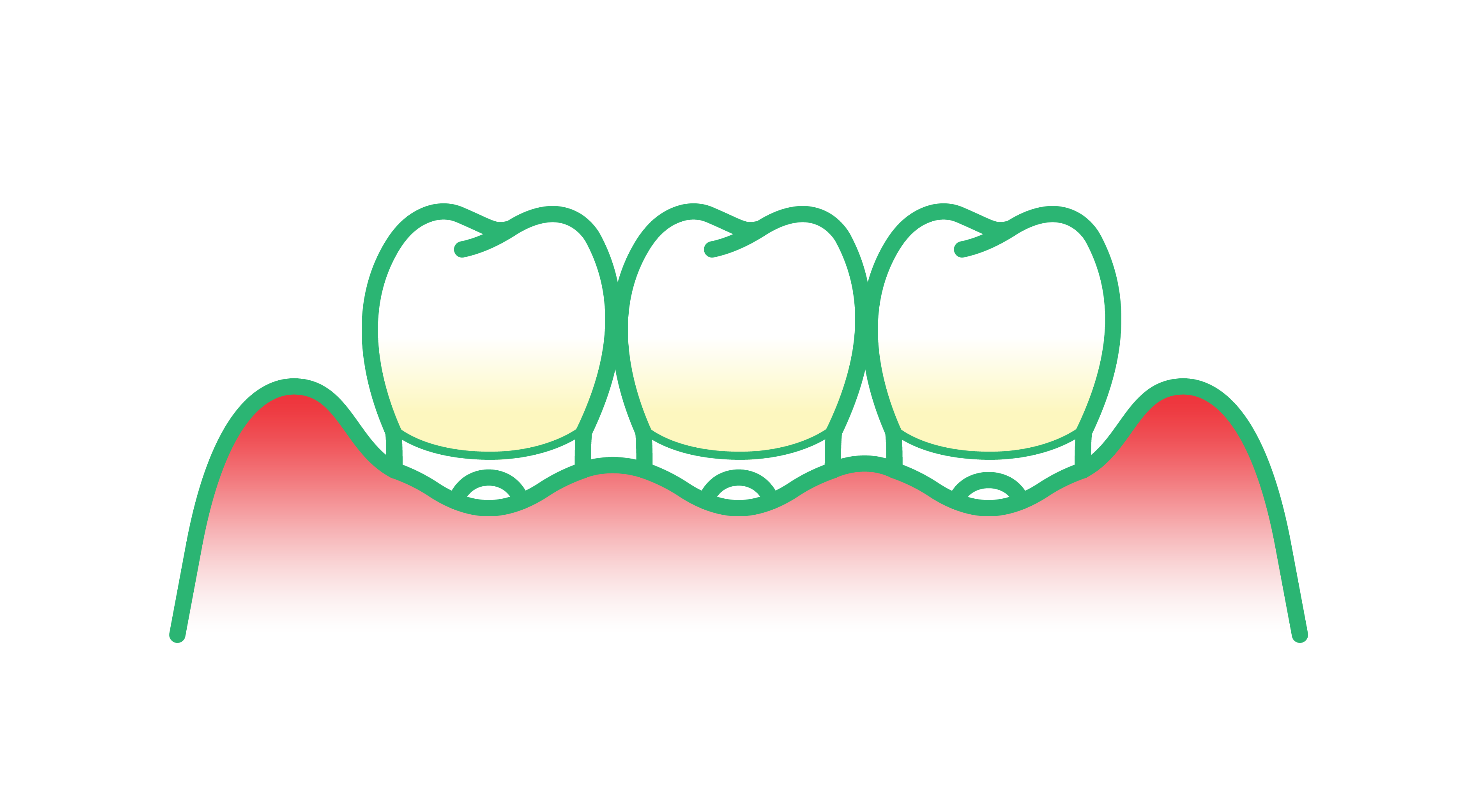
If gingivitis isn’t treated, it can progress to periodontitis, which is bad news. This more serious condition involves bone and tissue loss around the teeth. Indeed, inflamed gums pull away from the tooth and form pockets which can become infected [24]. The spread of infection below the gum line in turn triggers an immune response which, combined with the bacterial toxins, “starts to break down the bone and connective tissue that hold teeth in place”[25]. If periodontitis isn’t treated by a professional, the bone, gum and other tissues that support the teeth will eventually be destroyed, causing tooth loss [26]. In some cases, due to translocation of bacteria inside the mouth, even healthy sites can be affected, to the point where the tooth-supporting tissues may be destroyed there as well, causing teeth to loosen and eventually require extraction.
What does plaque mean for my general health?
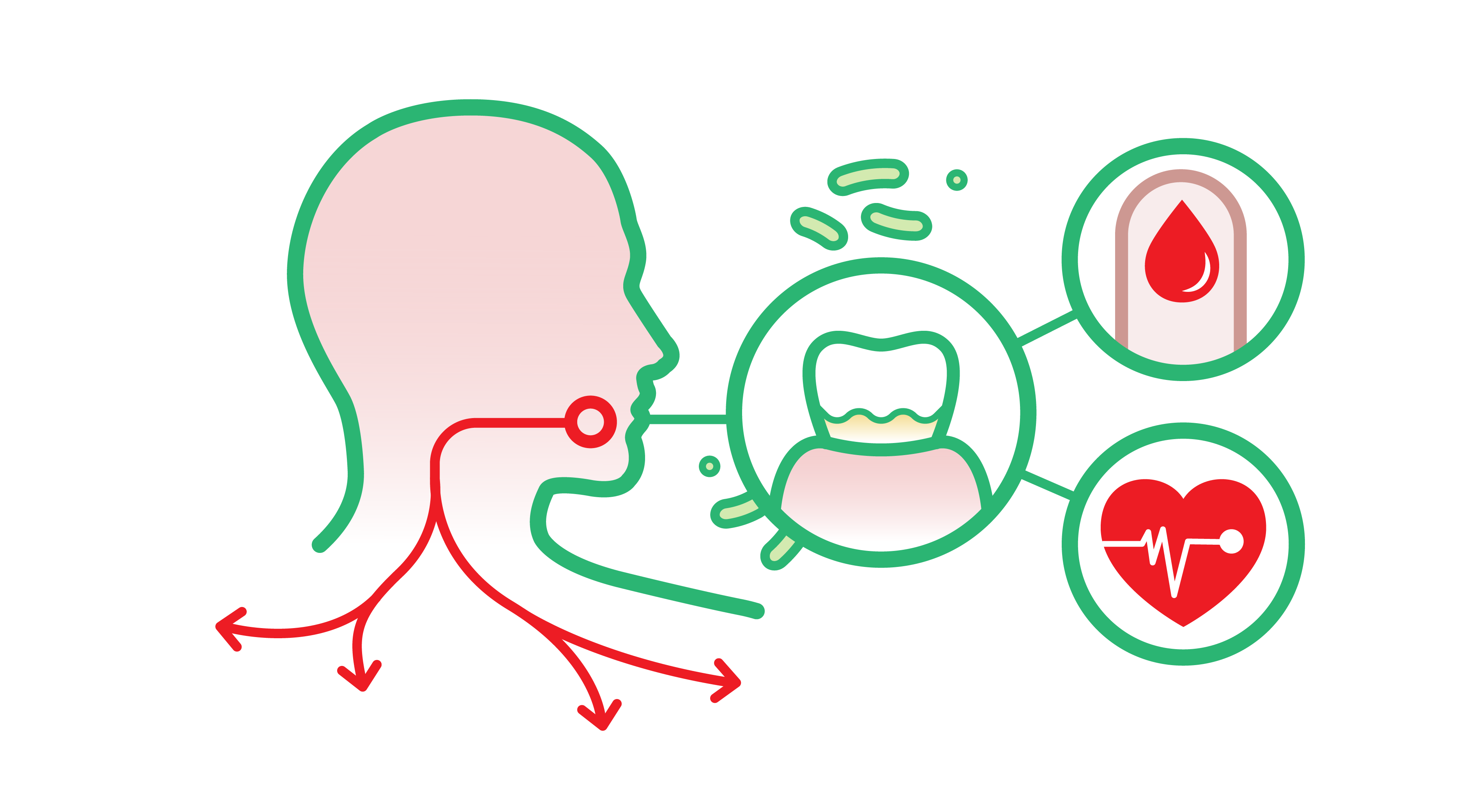
If you're not vigilant plaque can mess with your overall health – gum inflammation increases the risk of other serious health conditions and complicates their management
While plaque can have more immediate and obvious consequences on your oral health, it also has implications for your general health [27]. Evidence clearly demonstrates the relationship between oral and general health problems, as stated by the World Oral Health Report (2003) [28]. New evidence has emerged demonstrating that oral health and general health are related in very significant ways:
- Oral health status and major diseases share common risk factors and inflammation pathways
- Poor oral health increases the risks associated with major chronic diseases such as diabetes, and cardiovascular disease
- Conversely, general health problems may cause or worsen oral health conditions. This means that there is a two-way relationship between oral and systemic health: the better you protect your oral health, the better you protect your overall health [29]
You’re probably wondering how this is possible? Consider this – healthy gums act as a seal around your teeth, creating a physical barrier between bacteria in your mouth and the rest of your body. When gum disease declares itself, your gums are inflamed and weakened. This context makes it easier for bad bacteria to enter the bloodstream and make their way to the rest of the body where they can aggravate any general health conditions that you may have or be at risk of [30]. Inflammation in your gums increases the risk and complicates the management of diabetes, rheumatoid arthritis [31], cardiovascular health and stroke [32]. It’s important to note also that the local inflammatory status itself triggers a cascade of mechanisms that can increase the overall inflammatory status of the body.
If you are living with diabetes you should be particularly wary of plaque build-up as it can lead to a heightened state of inflammation, and negatively impact blood sugar control. Find out more about how diabetes and gum disease are connected.
What can I do?
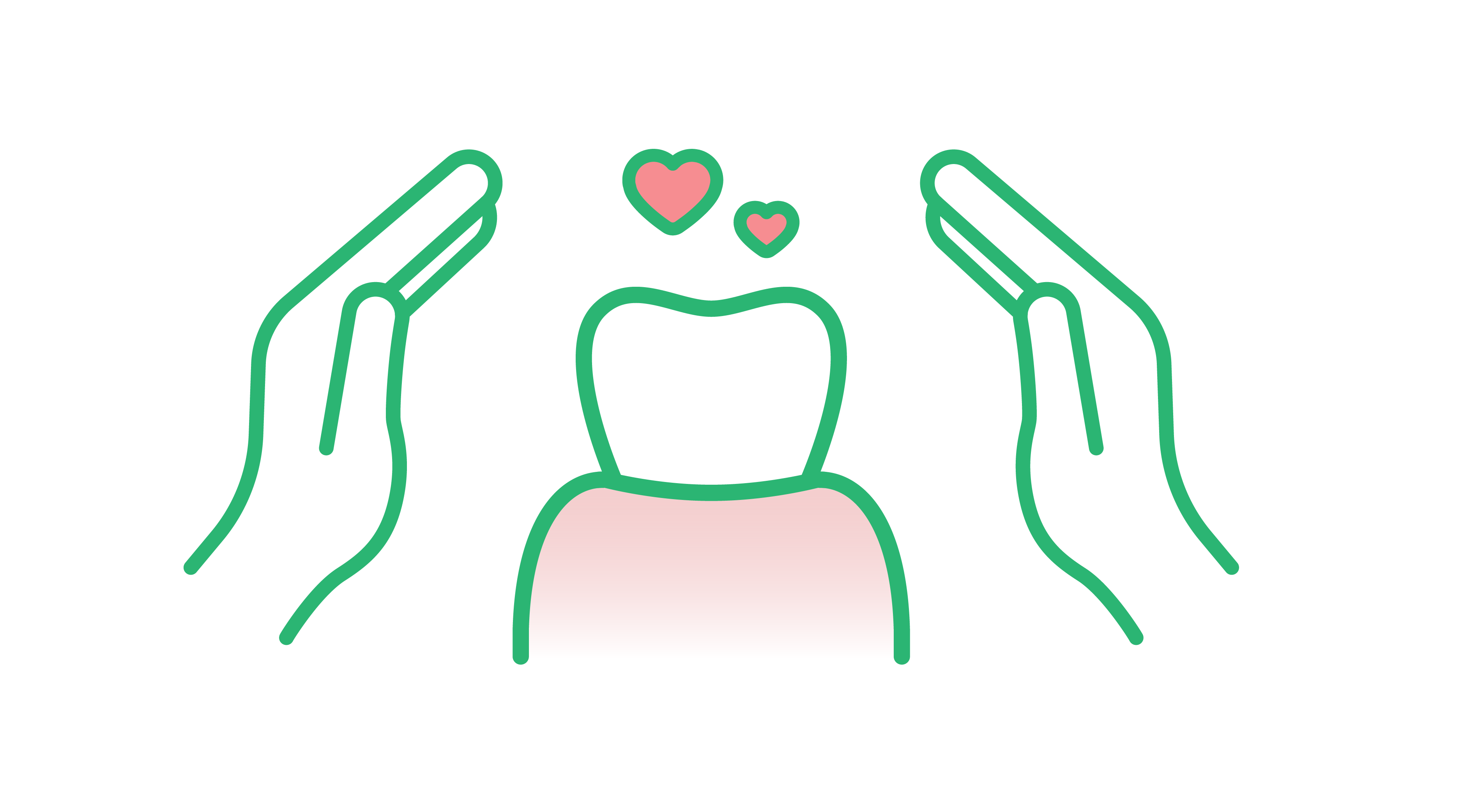
Give your gums and teeth the love and attention they deserve – complete oral care and regular visits to your dental professional
If you’re worried about plaque build-up, don’t be! There are many things you can do to manage it. Whether you want to prevent plaque build-up or want to remove existing plaque, the most important thing is to follow a complete oral care routine and practice good oral hygiene.
Toothbrushing is the most effective way of removing plaque. That’s why you should brush your teeth gently with a soft brush for at least two minutes twice a day, making sure you brush along the gum line. But that isn’t enough. Remember, teeth have five surfaces on which plaque can settle so it’s really important that you clean all five thoroughly. You should clean between your teeth using an interdental brush, pick or floss every day [33]. Pay particular attention to these areas because plaque builds up more easily there. The final step of your routine should be rinsing with a non-aggressive mouthwash to help fight pathogenic bacteria [34].
For more details on the best routine to adopt to protect your oral health, check out our video. Make sure you also visit your dental professional twice a year for professional cleaning and personalized care.
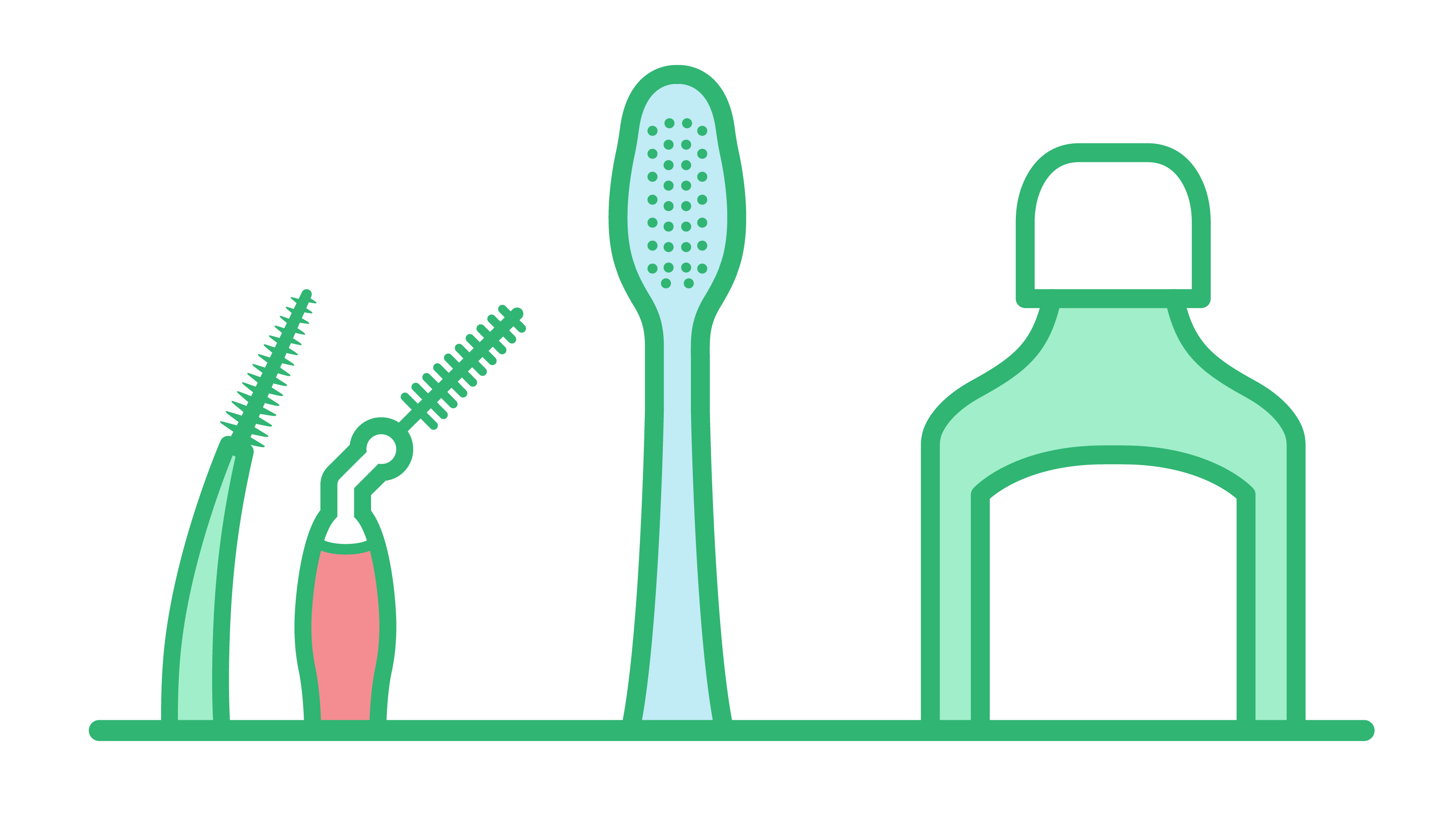
Keep healthy and stay one step ahead of plaque
1. Plaque is a biofilm that forms on the surface of the teeth, in particular around the gum line and between the teeth. Clean your teeth at least twice a day to prevent and remove plaque build-up.
2. If not removed, plaque eventually turns into tartar which can only be removed by a professional. Visit a professional at least twice a year for personalized care and a professional cleaning.
3. Plaque build-up, if not prevented, can severely affect not only your oral health, but your overall health as well. The better you protect your oral health, the better you protect your overall health. Take up a 3-step oral care routine every day: brush, clean between your teeth and rinse to get rid of plaque on all tooth surfaces.
